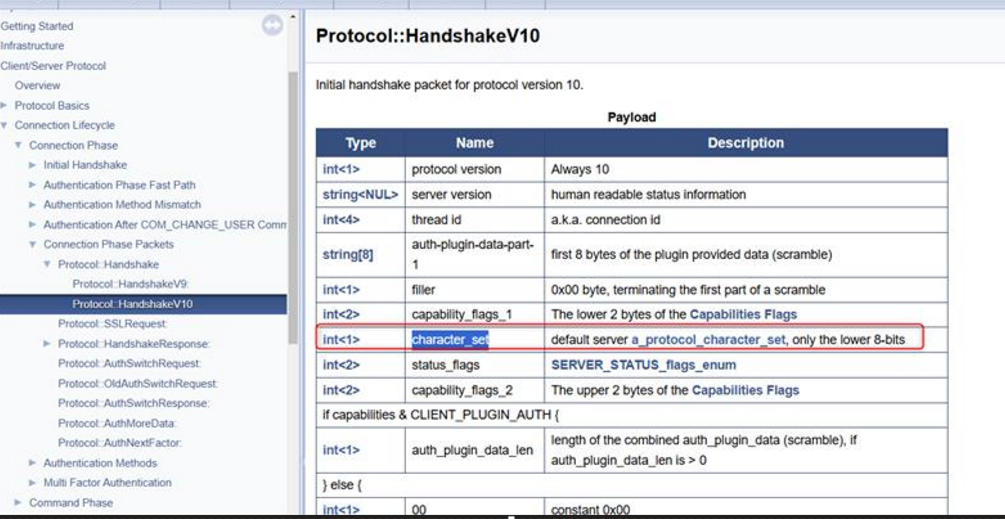AI-Powered PostgreSQL Performance Tuning with MCP - Introducing pgtuner_mcp
Database performance optimization is one of the most critical yet challenging aspects of maintaining production systems. Identifying slow queries, optimizing indexes, and monitoring database health requires deep expertise and constant vigilance. Today, I’m excited to introduce pgtuner_mcp, a Model Context Protocol (MCP) server that brings AI-powered PostgreSQL performance tuning capabilities directly into your development workflow.
What is pgtuner_mcp?
pgtuner_mcp is an intelligent PostgreSQL performance analysis server built on the Model Context Protocol (MCP). It bridges the gap between AI assistants (like Claude) and your PostgreSQL database, enabling natural language interactions for complex database optimization tasks.
Key Capabilities
- Intelligent Query Analysis: Identify slow queries with detailed statistics from
pg_stat_statements - AI-Powered Index Recommendations: Get smart indexing suggestions based on actual workload patterns
- Hypothetical Index Testing: Test indexes without creating them using HypoPG
- Comprehensive Health Checks: Monitor connections, cache efficiency, locks, and replication
- Bloat Detection: Identify and quantify table/index bloat for maintenance
- Vacuum Monitoring: Track vacuum operations and autovacuum effectiveness
- I/O Analysis: Analyze disk read/write patterns and identify bottlenecks
- Configuration Review: Get recommendations for memory, checkpoint, and connection settings
Architecture Overview
pgtuner_mcp leverages several PostgreSQL extensions and Python libraries to provide comprehensive analysi
1 | ┌─────────────────┐ |


